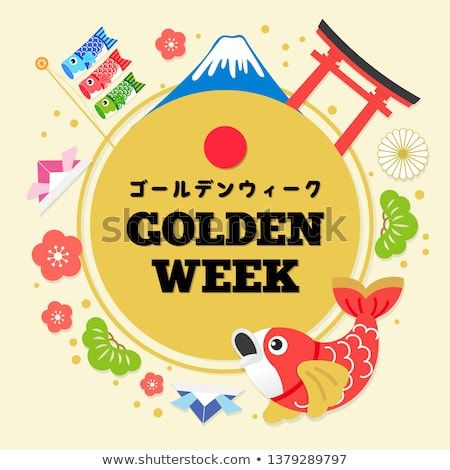
Japanese Culture: Golden Week:
Spring is when the world blooms into lush life after sleeping, resting away in the bitter cold. The warmth allows everything the chance to flourish, grow, and change. I adore the celebrations around the globe for the season of buds, and that includes Nihon. Japan’s seasons match our own in the United States with similar time frames in most of its regions. So, when spring is starting to make her presence known here in March/April, it is happening there around the same time as well.
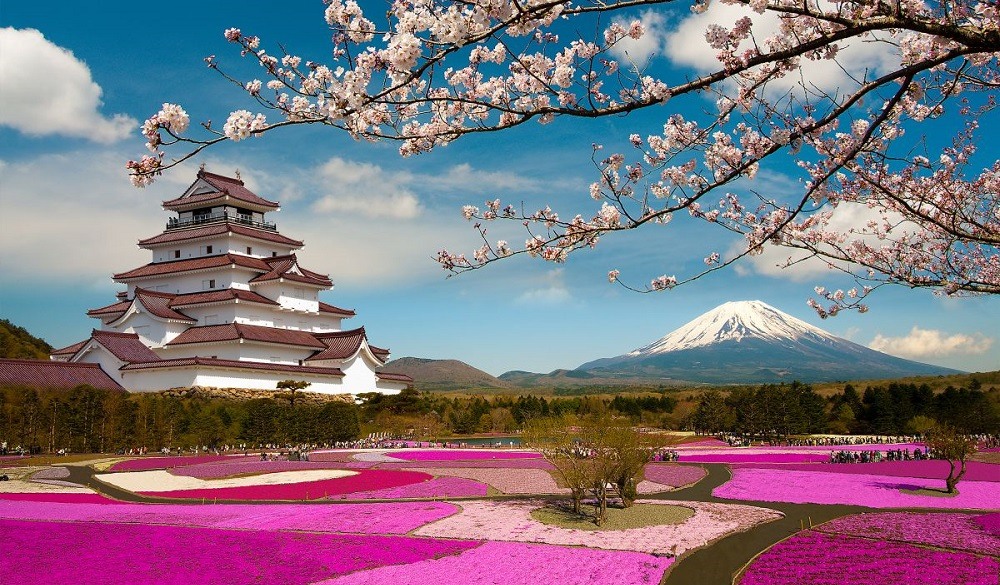
One staple of Japan everyone knows is their national flower: the sakura, or the cherry blossom. These fluorescent pink petals are a symbol of this proud nation for their beauty, scent, taste (in foods,) and influence on their history, creativity, and culture. They are a balance; beauty and death, peace and violence, delicate and bold. The people of Japan even gifted Washington D.C. sakura trees in 1912 as a sign of friendship. And their days of bursting into their fullest bloom in spring is still highly a festive event to this day (I would LOVE to attend, but I do have some official souvenirs from there thanks to friends.)
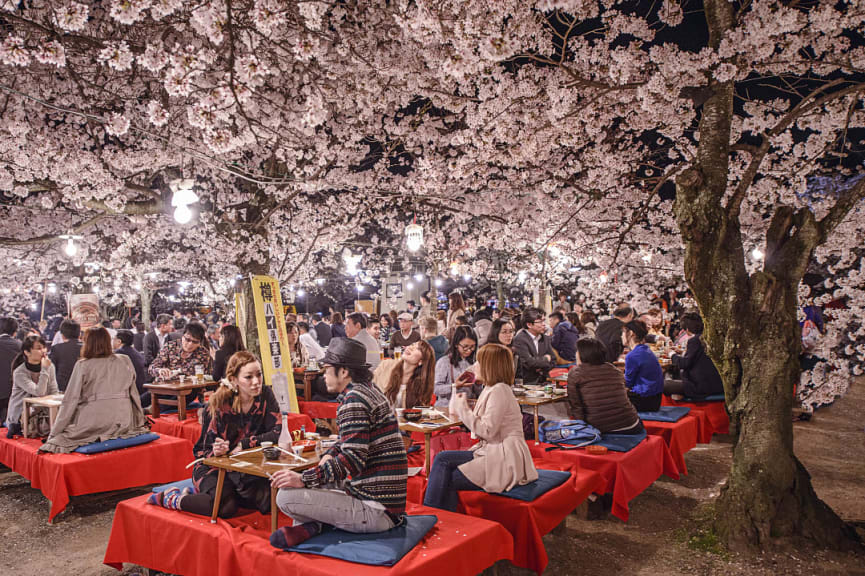
The land of the rising sun truly do rule with their honor of the cherry blossoms and spring itself. In the last week in April/first in May, Golden Week rings through the land, seven days that are the third busiest holiday time of the whole year. This week of commemoration is made-up of numerous holidays inside it:
- April 29th- Showa Day- the birthday of the former emperor, Showa, is honored.
- May 3rd- Constitution Day– Remembering the postwar (World War II) constitution being signed in 1947.
- May 4th- Greenery Day– Nature and plants are honored on this day. It also works with Emperor Showa for he loved taking care of the environment.
- May 5th- Children’s Day/Boys Day-
Ah! This is the day I wanted to really bring into the light! It after all has been celebrated for almost one-thousand years. On this day, colorful carp (the fish) long windsocks are hung outside of homes and schools to celebrate children, for their happiness, well-being, and honoring their colorful natures and uniqueness. I have made versions of these in the spring for years with my students and it is so fun to see them fly.
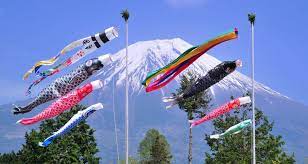
They are meant to be hung for homes and places with boys (Girls have their own day on March 3rd, which I think I will do a post on next year… ;)) Samurai dolls (Kintaro, a legendary hero, is a popular one) are also displayed as symbols of strength, success, and protection. Special mochi rice cakes with red beans and wrapped in oak leaves are sometimes eaten to give the boys luck. Shobu leaves, strong in scent, are placed in the boys’ bath to give them a sense of fighting for justice. It used to be boiled for medicines and exorcisms.
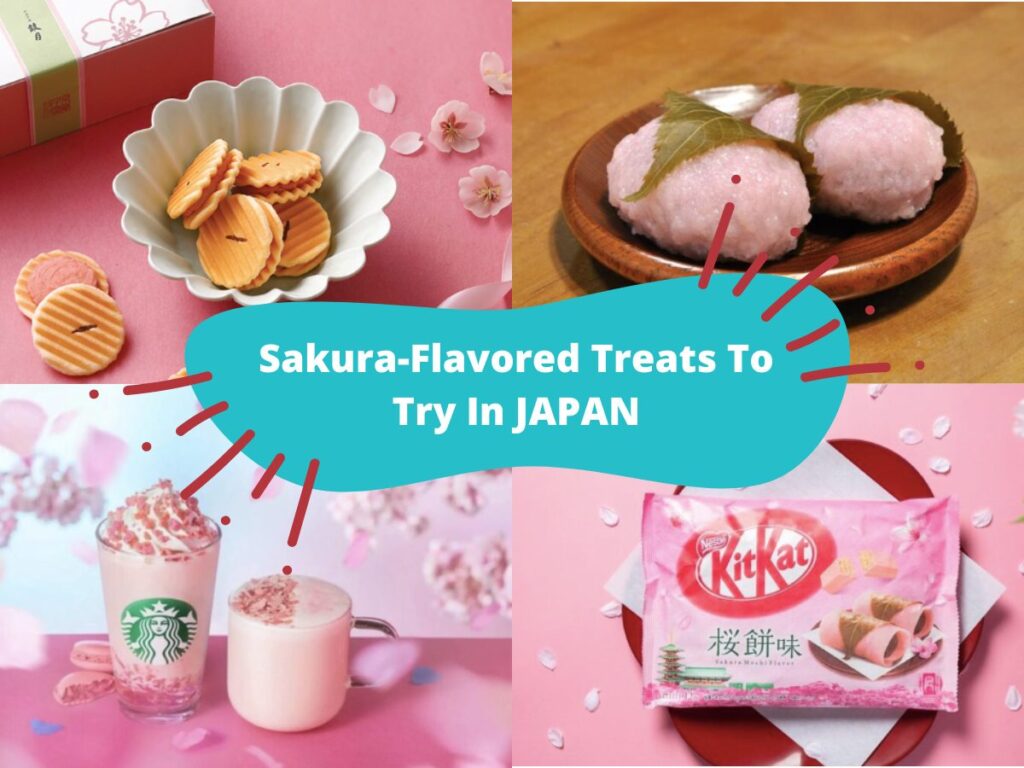
Another beautiful part of Golden Week is Hanami or flower viewing. Since the sakura blossoms are in their most breathtaking glory around this time (and sadly, the petals do not stay on the trees long,) families, friend groups, and even co-workers will have picnics at parks or shrines to sit and enjoy their fragrance and loveliness. Trays of bento food and special sweets (made from the petals) and drinks are shared, and some groups even bring portable karaoke devices! Getting a spot can be challenging since this is a major event, but what a stunning sight I imagine it would be, especially at night when the pinks are so vibrant, the blossoms look like they glow! Animes always make them look so stunning and I am sure their wonder is legendary for a reason. Cardcaptor Sakura has some stunning examples of the Hanami picnics with the raining of petals, adorable foods, and singing. ^_^
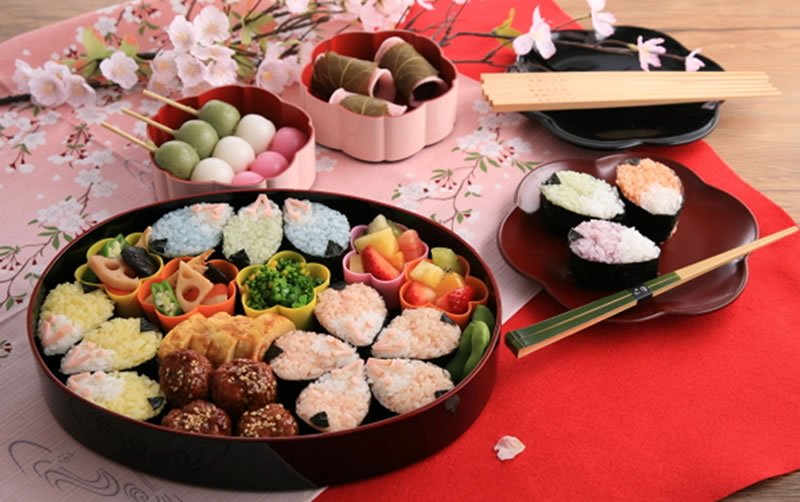
They even have a cherry blossom petals forecast (like with the weather) to predict how fast and the amount the petals from the trees will fall in an area each day! This is serious business, minna!
I think this beautiful haiku from the National Park Service explains and wraps up the meaning and thoughts behind this week of joy and tradition:
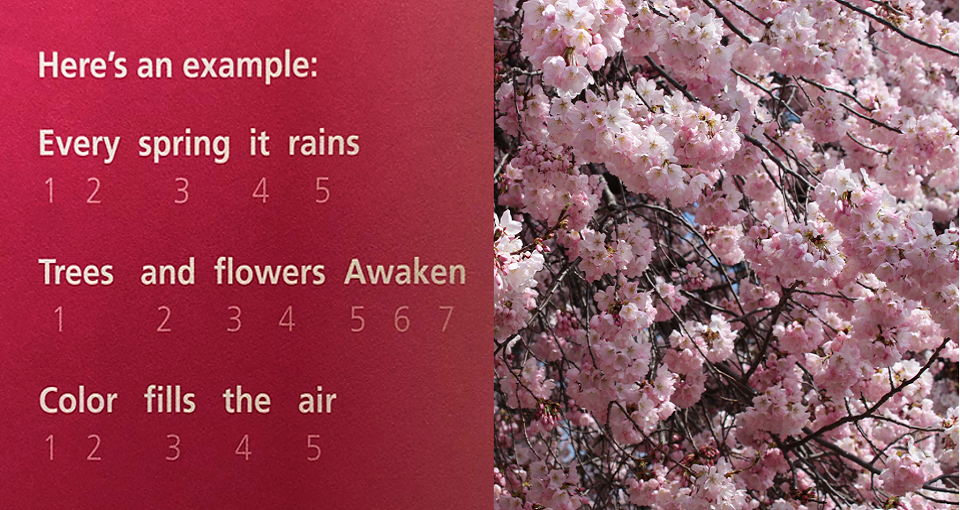
https://www.nps.gov/articles/000/mystery-of-the-broken-branch-stop-3.htm
https://sakura.co/blog/childrens-day-japans-celebration-of-children
https://www.japan-guide.com/e/e2282.html




